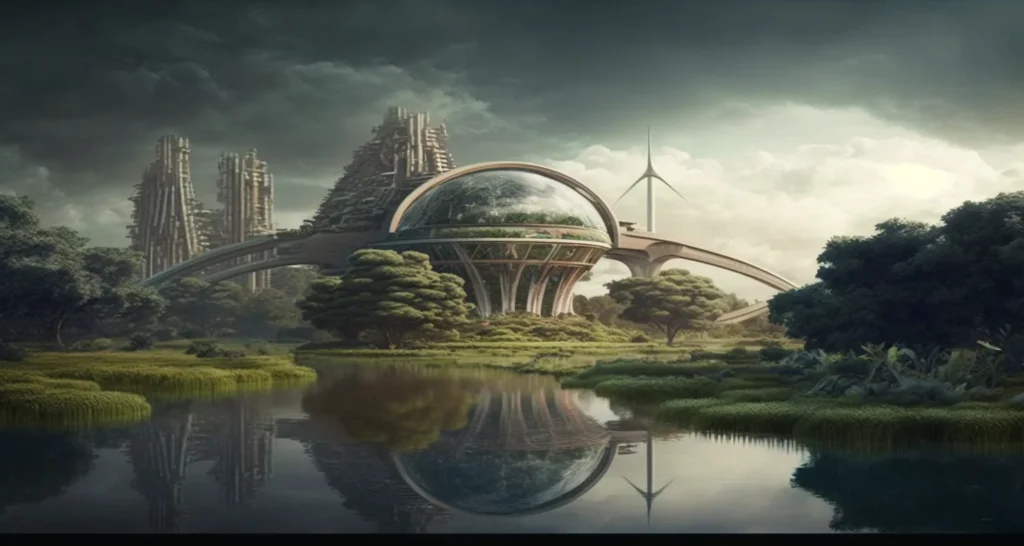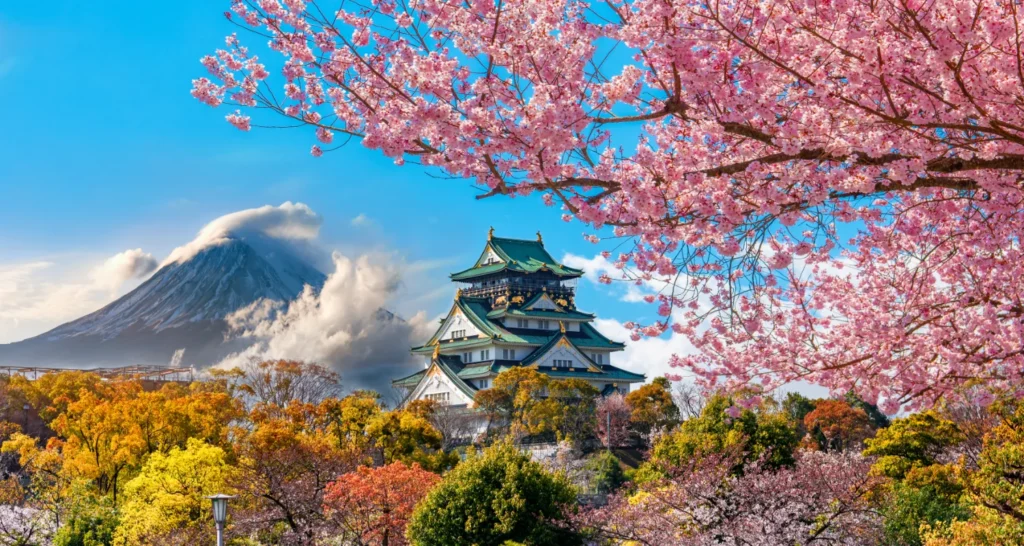Government officers, these days raise the question about the difference between traditional economics and green economics. Questions are part of the Smart Cities development and related problems. They try to understand the value of natural capital, and how the renewable ecosystem works. Moreover, becoming to be clear that it’s a matter of death and life.
Green economics forecast to use of smart technologies obtained through leading information technology (IT) companies. By the same token, the attention is on the utmost efficiency and sustainability of our planet. Green economics acknowledges that all is a global unit and part of a larger planetary system. Green economics assures efficient resource use in the best interest of our environment.
Green economics, unlike traditional, goes beyond the basic, determining needs of the consumer and the economy while at the same time protecting the natural environment. Technologies have made it possible to predict and analyze challenging situations to provide solutions that are friendly while ensuring an excellent life quality for all.
The key parameters of the green economics
One of the main differences between green economics and traditional one is the value placed on natural capital. Natural capital covers all of the resources found on Earth.
This capital includes all living organisms, soil, geology, air, and water. It must be remembered, that many of these resources are considered free. Human life is made possible with clean water, fresh air, and soil only. That’s it. The traditional system of economics does not list these as valuable resources. In order to globalize the control, use specific (virtual) kinds of values, like for example money.
The green economy is sustainable economics that recognizes the natural services provided by the Earth. Moreover, well-maintained resources are continually renewing to offer us again, more resources. Above all, the traditional economics principles are hardly used, while destroying available natural capital.
Feel the difference between economics
Green economics treats the careful management of resources, including land management, waste management, and water management, and cares the renewable energy. Green buildings and green transportation have sprung from these management systems to provide the ultimate in the usage of resource services.
The traditional economy has taken no thought while burning up valuable resources. Utilize just limited recycling management and services. Transportation services and industries spew tons of waste into the atmosphere. Sadly the true valuable assets are quickly dwindling as green economics step in to save the planet.
Green economics is global economics. Economic prosperity and environmental responsibility walk hand in hand as a team. Progress in social development is highly achievable. Leading IT companies bring their solutions as part of global challenges. In other words, through smart technology advancements, the economy is able to measure the impact of human economics on the environment with clean and smart technology.
Understand the natural and man-made capital
There are two kinds of capital. It is easy to assess which belongs to whom. This is the main difference between green economics and traditional economics.
- Natural Capital – Belongs to Green Economics
- Man-Made Capital – Belongs to Traditional Economics
Traditional economies view capital in a shallow sense, not looking to long-term and sustainable factors. Their notions can only perceive greed and human-made capacities and services. Traditional economics wants all, right now, with attention to financial profit only. They are not aware of their surroundings and do not realize that the very basic beginnings are services such as water, food, and clean air.
Difference between Green and Traditional economics
Green economics takes in mind that all is connected as a natural ecosystem. It reduces the usage of materials and non-renewable energy. Waste production becomes unheard of as all is recycled and used. Natural resources are continually being renewed, without human interaction. On the other hand, the results presented by IT companies provide data about the alarming emission of pollutants into the atmosphere by traditional economics. Green economics conserves and nurtures natural capital. In comparison, the traditional economy nurtures non-renewable resources due to a lack of knowledge. In other words, it’s even worse – a lack of common sense. It is important to remember that when we destroy the Earth, as a result, we will destroy ourselves.
Green economics incorporates all aspects and industrial sectors, including social dimensions. At the same time, traditional economics separates the people and environment from corporations and government positioning. Numbers and figures on paper are the sole contributing factor to financial gain. The traditional economy does not take into account the resilience of the ecosystem. All energy of the traditional system goes toward fleeting financial gain. There is an old Native American proverb that states, “When will you learn that you cannot eat money.” This applies to all peoples of the planet. Advanced technologies are the knights in shining armor who may save this planet.
It’s a matter of Life and Death
Literary, traditional economics means the death of the planet, and green economics means life for the planet, our home. The difference between traditional and green economics is not measurable until it comes to sustainable and survival mode as a whole ecosystem. It is up to us only what we select and how we will behave to either support Life or continue to damage the ecosystem and reach Death.













